Good feedback for the Italian businesses who attended the International Asparagus Days event held in France. A lot of people also took part in the technical visits to both Darbonne - Planasa in Bordeaux and Flouron d'Anjou et Frederic Poupard in Angers, where participants could see modern plants, trends and mechanization solutions despite the weather being not exactly ideal.
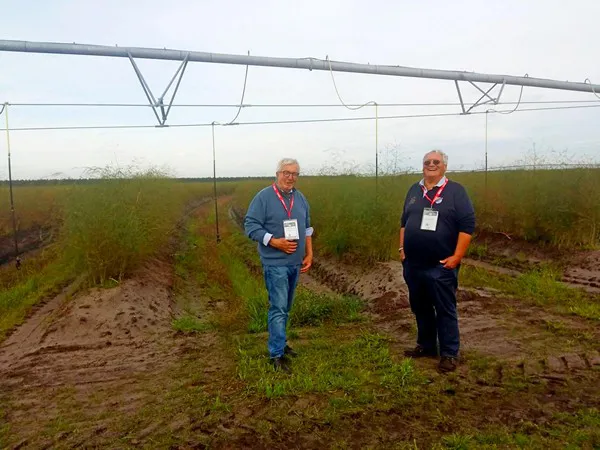 Luciano Trentini and Christian Befve
Luciano Trentini and Christian Befve
“Operators shared information and talked about the future and choices to be made when it comes to traditional, organic and biodynamic asparagus so as to meet consumer needs," reported Luciano Trentini, expert and co-organized of the event.
"It was a pity very few Italian producers took part, as they missed an opportunity to take advantage of the information made available. There was a good number of Italian exhibitors, though, who showcased the entire chain."
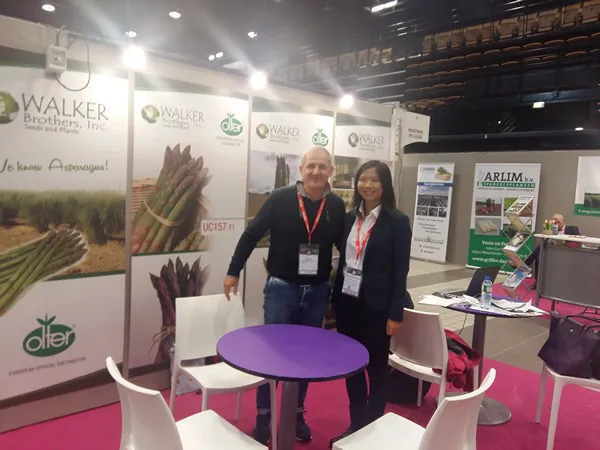
Olter sementi from Piacenza (photo above) displayed the Walker varieties, i.e. important cultivars such as Grande, Purple Passion, Atlas, Uc 157. The company is also the holder of more recent varieties such as Vittorio and Italo, suitable for cultivation in northern and southern Italy, respectively.
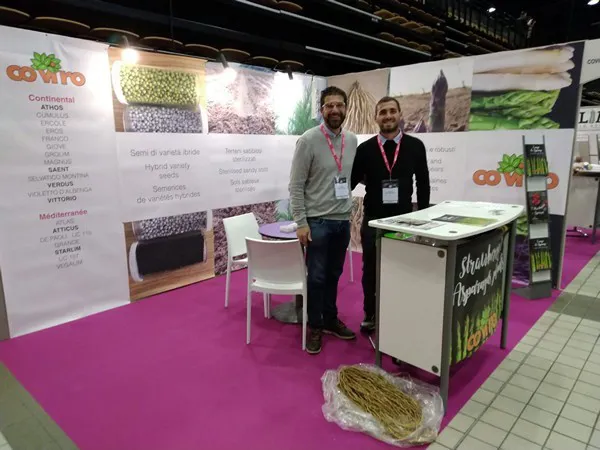
Coviro (photo above) showcased the high-quality material obtained in Italy from land perfectly suitable for this purpose, i.e. the sandy soils in Cervia (Ravenna). Coviro currently produces around 3 million asparagus plants of the main varieties suitable to be grown all over Italy as well as abroad.
Officine Mingozzi from Argenta illustrated their series of machines developed specifically for this crop, considering its high need for labor.
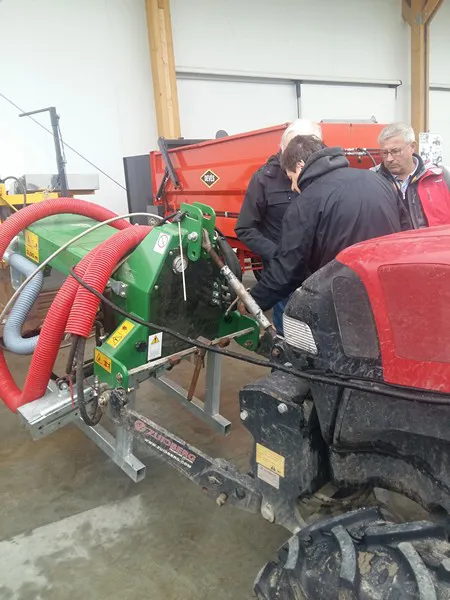 The first was a soil mixer that has the purpose of stratifying the soil, mixing it with organic matter and fertilizer so as to nourish the roots in depth thus reducing the risk of a quick crown rising.
The first was a soil mixer that has the purpose of stratifying the soil, mixing it with organic matter and fertilizer so as to nourish the roots in depth thus reducing the risk of a quick crown rising.
Once the sowing bed is prepared, it is ready for the mechanical transplanter, which can plant around 3,500-4,000 plants/hour with the help of 4 people plus the driver.
In a single operation, it opens a trench and transplants in open fields using the latest techniques especially in rather heavy soils. It then closes the trench and places around 10 cm of soil over the crown.
Defense against weeds was one of the most widely discussed topics. Officine Mingozzi illustrated their machine range for flame weeding - a technique useful not only to reduce weeds but also against fungi such as rust and Stemphyllium.
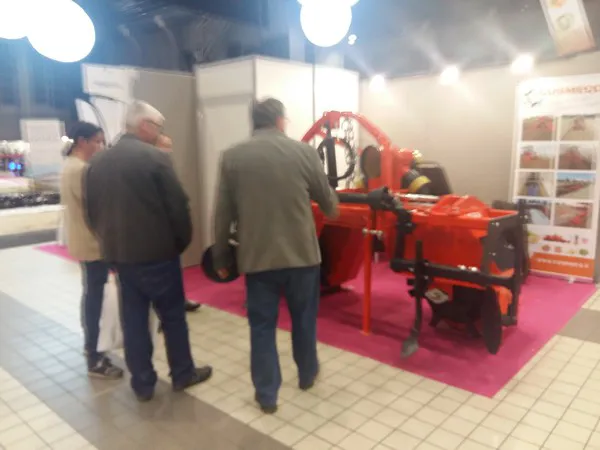
Cosmeco (photo above) displayed its mulching film machines, explaining their great potential and possible solutions. It also showcased its range of operating machinery to lay black/white or thermal mulching films.
The economic result is guaranteed during harvesting, maybe the step that requires the most labor.
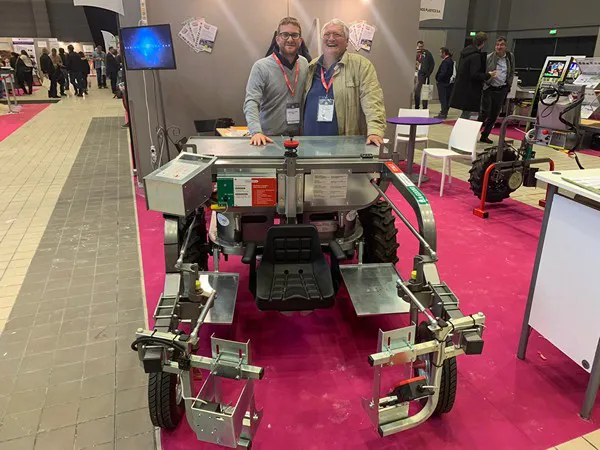
Bagioni presented its models of single-seater harvesters (photo above) driven by electric motors with long-lasting batteries. It also presented its machines to harvest green and white asparagus, all electrical and that can even lift and put back into place films (the type recommended for this crop).
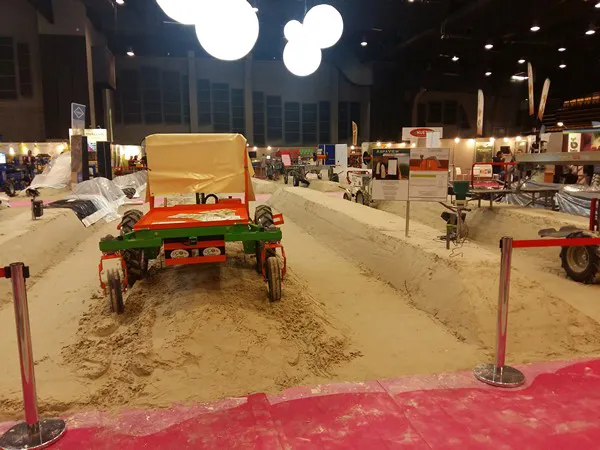
Ecogreen presented two electrical machines (photo above). The mechanization of green asparagus guarantees higher hourly yields when harvesting shoots, favoring faster packaging and thus reducing the time asparagus remains in the field leading to a better quality (shoots are less dehydrated and therefore less fibrous).
"Unfortunately the event was affected by the railway strike, which prevented over 350 registered visitors from attending."
